Hairstyles in Animation: The Art of Character Design | A Stylist's Deep Dive
Introduction: More Than Just Strands on a Head
From the rebellious spikes of a punk-rock hero to the elegant, flowing locks of a fantasy princess, hairstyles in animation are far more than a simple aesthetic choice. They are a fundamental pillar of character design, a silent language that communicates personality, history, and emotion before a single word is spoken. While we often admire the intricate plots and stunning visuals of our favorite animated films and series, the artistry woven into each character's hair often goes unnoticed. Yet, this crucial element is meticulously crafted to define who a character is and to create an instant, lasting impression on the audience. The art of hairstyles in animation is a fascinating intersection of visual storytelling, cultural symbolism, and technical innovation, offering endless inspiration for real-world hair professionals and enthusiasts alike.
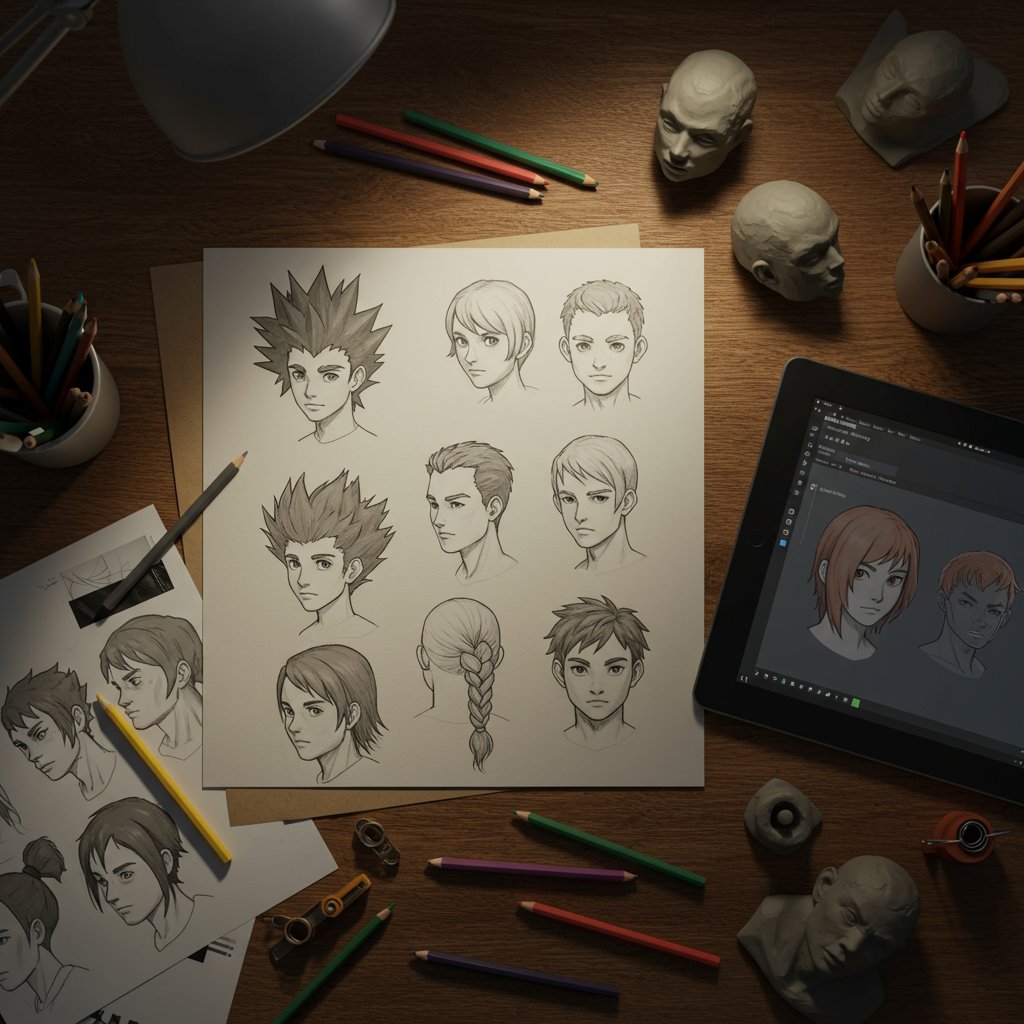
This deep dive explores the profound role of hair in animated character design. We will unravel how animators use cut, color, and movement to build worlds and personalities. We'll trace the technological evolution from simple, static 2D drawings to the breathtakingly realistic 3D simulations of today. By understanding the principles behind these animated creations, we can gain a deeper appreciation for the craft and even find inspiration for looks that bridge the gap between fantasy and reality. This exploration reveals that whether on the screen or in the salon chair, hair is one of the most powerful tools for expressing identity.
The Language of Hair: Storytelling Through Strands
In the world of animation, hair is a primary vehicle for non-verbal storytelling. Artists and designers use it as a shorthand to convey a character's core traits, their social standing, and even their emotional journey throughout a narrative. A character's hairstyle is their first introduction to the viewer, setting expectations and establishing a personality archetype. This visual language is built on a shared cultural understanding of what different styles represent, allowing animators to communicate complex ideas with remarkable efficiency.
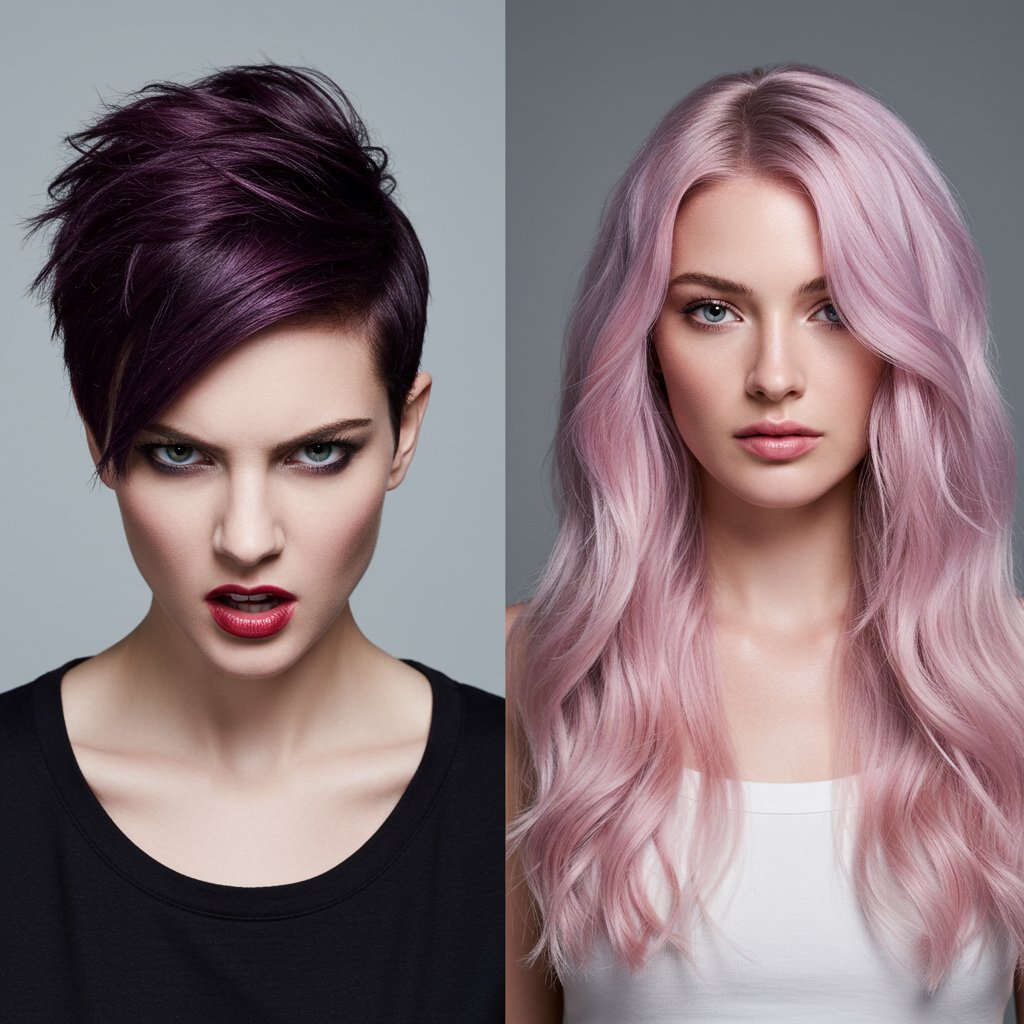
Cut, Style, and Personality
The structure and style of a character's hair are direct reflections of their personality. Short, sharp, or spiky hair often signifies a rebellious, energetic, or aggressive nature—think of Ash Ketchum's perpetually excited spikes or Bart Simpson's iconic, unchanging outline. Conversely, long, soft, and flowing hair is typically associated with grace, gentleness, freedom, or wisdom, as seen in characters like Rapunzel or Pocahontas. A meticulously neat and controlled hairstyle, such as a tight bun or a sharp bob, can suggest a character who is orderly, rigid, or perhaps even villainous and controlling. An untamed, messy mane might belong to a wild-hearted adventurer, a mad scientist, or someone unburdened by societal norms. These choices are deliberate, designed to align the character's appearance with their role in the story.
The Role of Texture and Movement
Beyond the basic shape, the texture and movement of hair add another layer of depth. Coarse, wiry hair might indicate a rugged or tough personality, while fine, silky hair suggests elegance and refinement. The way hair moves is equally important. In modern 3D animation, hair physics can tell a story of its own. Hair that bounces with life and energy can underscore a character's joyful or youthful spirit. Hair that hangs limp and heavy can reflect sadness or exhaustion. The way a character's hair reacts to the environment—whipping in the wind during a dramatic scene or floating serenely underwater—enhances the emotional impact and immerses the viewer deeper into the animated world.
The "Hair Silhouette": Creating Instantly Recognizable Characters
One of the most critical principles in character design is the creation of a strong, unique silhouette. An iconic character should be recognizable from their shadow alone, and hair is often the most significant contributor to this effect. The silhouette is the foundation of a memorable design, serving as the character's visual signature. Animators spend countless hours perfecting this outline because it's what sticks in our collective memory long after the credits roll. Think of the most famous characters in animation history, and their hair is likely the first thing that comes to mind.

This concept is perhaps best exemplified by characters like Goku from Dragon Ball Z, whose spiky, gravity-defying hair is inseparable from his identity and power levels. Marge Simpson's towering blue beehive is another perfect example; it's absurd, unforgettable, and completely unique to her. In Disney's Frozen, Elsa's intricate, icy braid is not just a hairstyle but a symbol of her transformation and acceptance of her powers. These hairstyles are so distinctive that they become brands in themselves. They are designed to be easily replicable in merchandise, marketing, and fan art, further cementing the character's place in popular culture. The power of the hair silhouette lies in its ability to create an immediate and powerful visual hook.
Evolution of Animation Hair: From 2D Ink to 3D Physics
The portrayal of hair in animation has undergone a dramatic transformation, mirroring the technological advancements of the industry itself. This evolution from simple lines on a cel to complex, dynamic simulations represents a quest for greater realism, expression, and artistic freedom. Each era of animation brought new tools and techniques that redefined what was possible in depicting this notoriously difficult element.
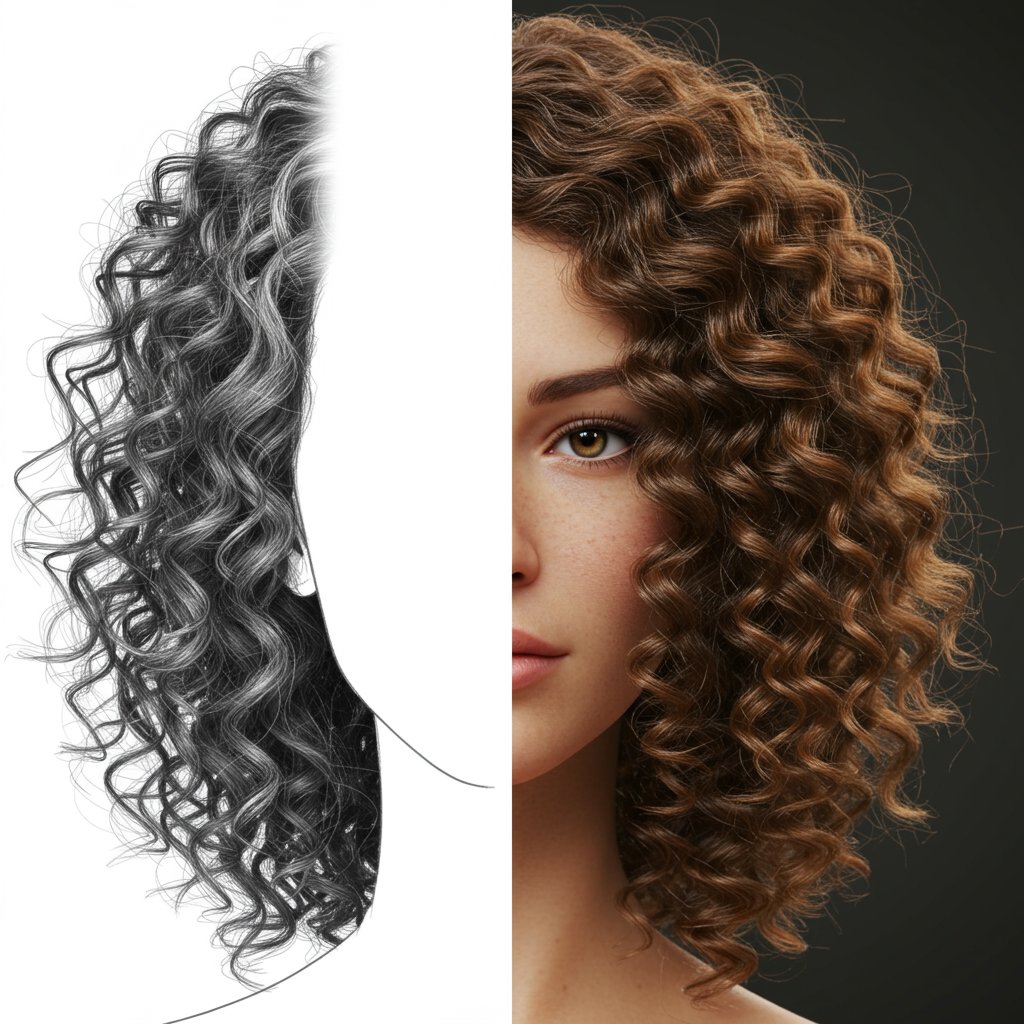
The 2D Era: The Art of Suggestion
In the golden age of 2D, hand-drawn animation, hair was often simplified into solid shapes or graphic chunks. Animators had to manually draw every single frame, making realistically moving hair an incredibly labor-intensive and impractical goal. Instead, they became masters of suggestion. They used a few well-placed lines to imply texture and movement, focusing on the overall shape and flow. For example, a princess's hair might be drawn as a single, flowing mass that moved in elegant arcs. While not realistic, this stylized approach was highly effective for storytelling and creating iconic silhouettes. The focus was on clarity, expression, and design, not photorealism.
The 3D Revolution: Simulating Every Strand
The advent of computer-generated imagery (CGI) changed everything. Early 3D animation still treated hair as a solid, helmet-like object due to processing limitations. However, as technology progressed, so did the ability to simulate hair with astonishing realism. Pixar's Monsters, Inc. was a breakthrough with Sulley's individually rendered hairs, but it was Disney's Tangled that truly set a new standard. Rapunzel's 70 feet of magical, golden hair required the development of new software and years of work by a dedicated team. Each strand was simulated to interact with itself, with the character, and with the environment. This was followed by Merida's wild, rebellious red curls in Brave, which presented an entirely new set of challenges in simulating the volume and chaotic nature of curly hair. Today, 3D hair simulation has reached a point where animators can create virtually any hairstyle with breathtaking realism, from the finest wisps to the most complex braids.
Cultural Significance and World-Building
Hairstyles in animation are powerful tools for world-building and cultural representation. They can ground a story in a recognizable real-world setting or establish the unique customs of a fictional fantasy world. The choices animators make about hair can reflect historical periods, social hierarchies, and cultural identities, adding layers of richness and authenticity to the narrative. This is particularly evident when comparing animation styles from different parts of the world, such as Japanese anime and Western animation.
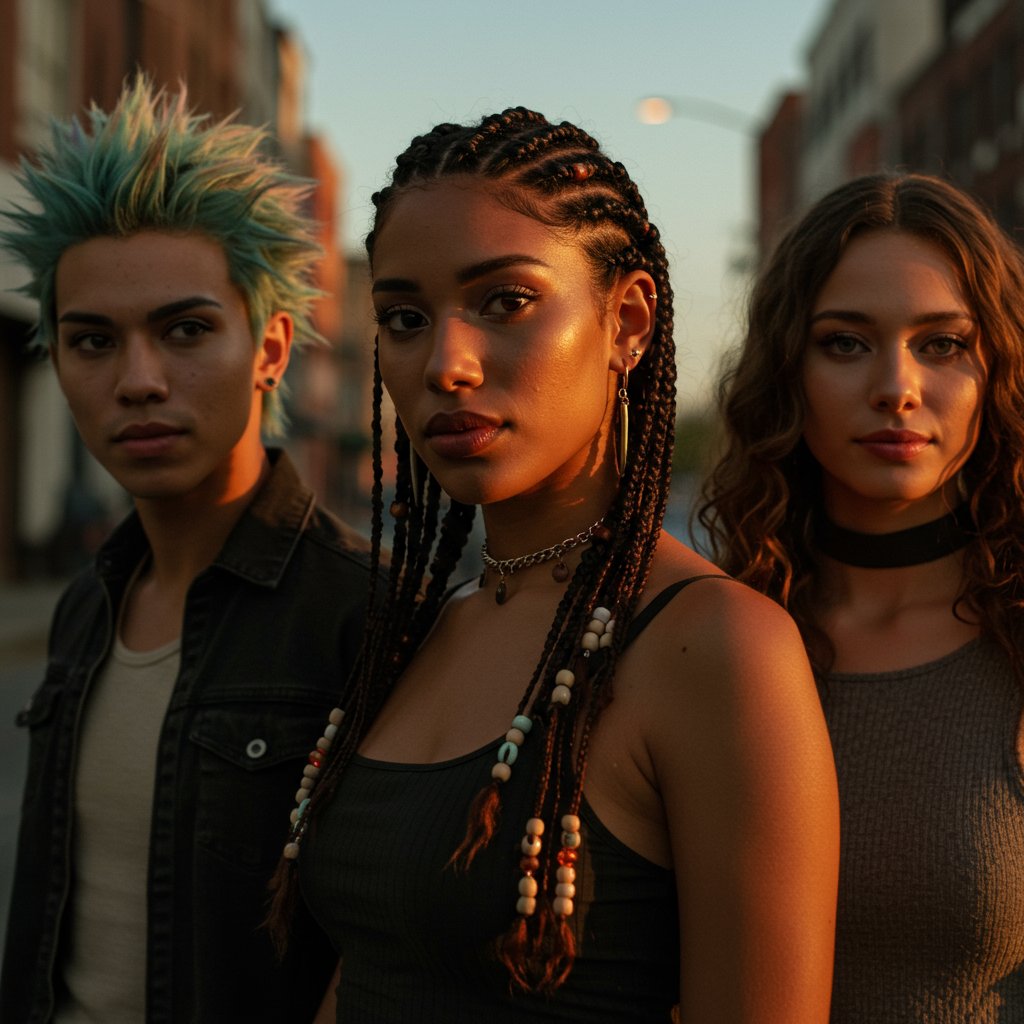
In Japanese anime, hair is often highly stylized, with exaggerated shapes, vibrant, unnatural colors, and gravity-defying spikes. This style is not just an aesthetic choice; it's a visual language. Specific hair colors can denote personality archetypes (the 'shonen' hero's spiky black hair, the gentle heroine's blue or purple locks), and the physics-defying movement adds to the dynamism of action scenes. In contrast, Western animation, especially from major studios like Disney and Pixar, has historically leaned towards greater realism in physics and form, often drawing inspiration from real-world hairstyles and cultures. For example, the detailed braids and textures in Moana were the result of extensive research into Polynesian cultures. By respectfully and accurately representing these styles, animators can honor the cultures they are depicting and create a more immersive and believable world for the audience.
The Unattainable Ideal: Bridging Fantasy and Reality
Animation has the unique freedom to defy the laws of physics, gravity, and even biology. This allows for the creation of truly fantastical hairstyles that would be impossible to achieve in the real world. Think of the impossibly voluminous, perfectly coiffed hair of a magical girl or the intricate, floating locks of an ethereal spirit. These styles capture our imagination precisely because they are unattainable. They represent an ideal, a form of pure expression unconstrained by practical limitations. This fantasy element is a huge part of the appeal and serves as a boundless well of inspiration for real-world stylists.
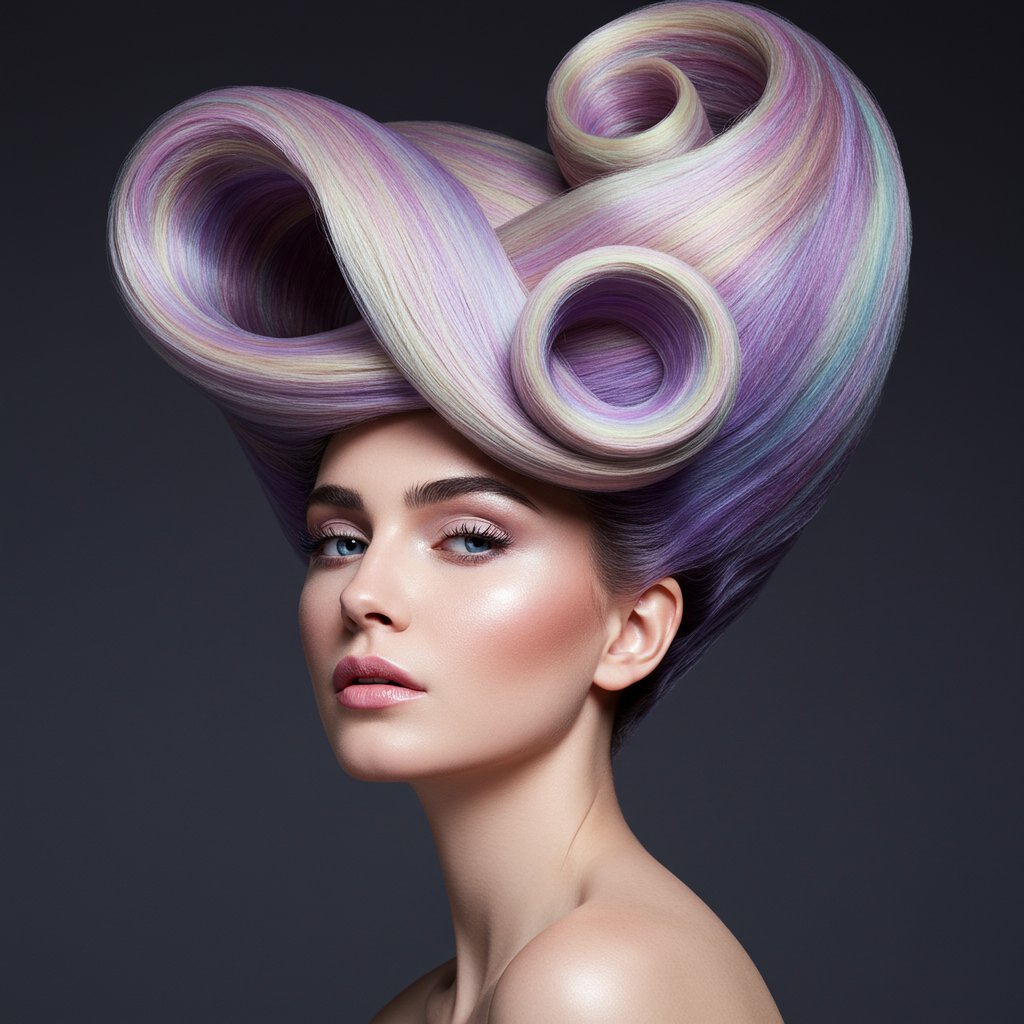
While a client may not be able to have hair that literally glows or floats, the concepts behind these animated designs can be translated into wearable art. An experienced stylist can take inspiration from the color palette, shape, and overall mood of an animated hairstyle to create a real-world look that captures its essence. This could mean using advanced coloring techniques to achieve a vibrant, anime-inspired hue, or employing avant-garde cutting and styling methods to mimic a dramatic silhouette. Professional salons can act as the bridge between fantasy and reality, helping clients express their love for these characters through creative, technically sound hairstyles that push the boundaries of conventional beauty.
The Psychology of Color in Animated Hair
Color is one of the most powerful psychological tools in an animator's arsenal, and hair color is a prime canvas for its use. Beyond simple aesthetics, the color of a character's hair is a deliberate choice made to evoke specific emotions and telegraph personality traits to the audience. This color theory applies to both natural and unnatural shades, creating an immediate connection or assumption about the character's nature.
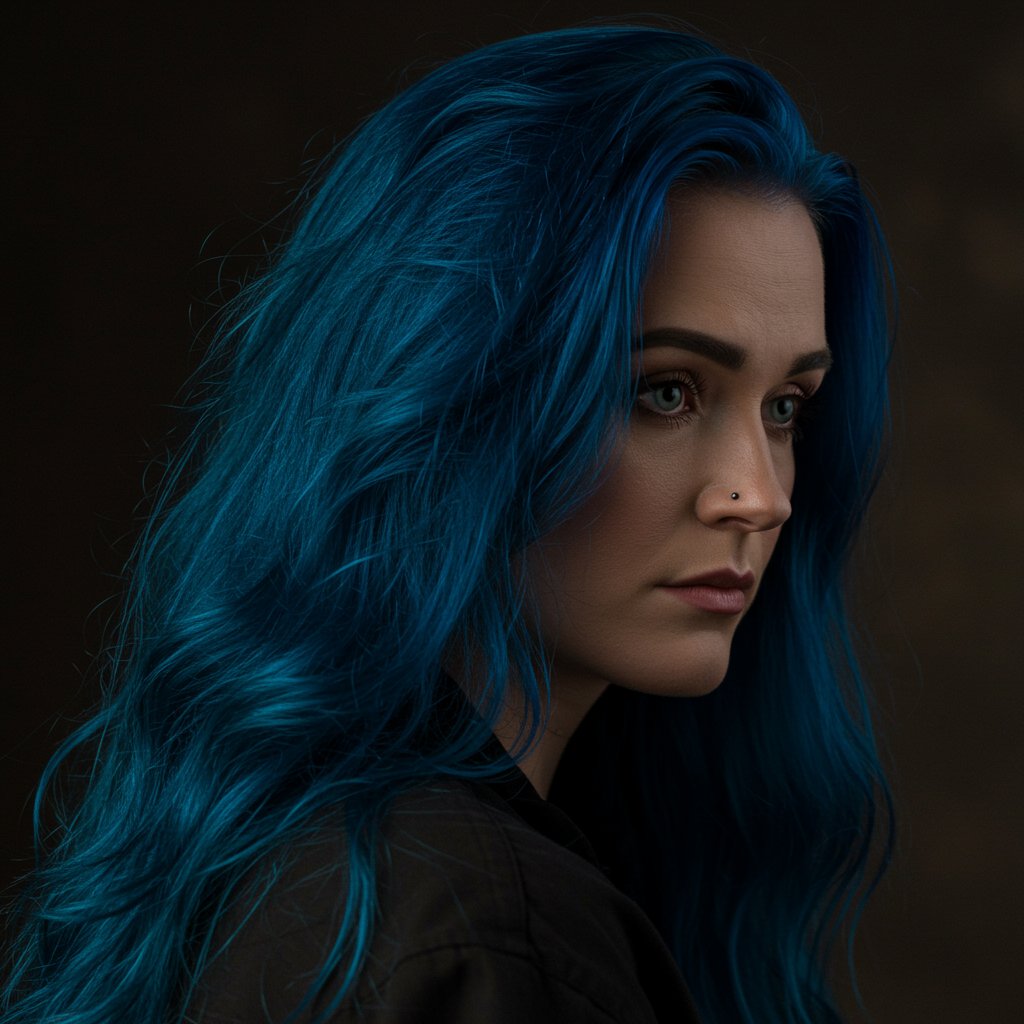
Natural hair colors often rely on established stereotypes. Blondes, like Rapunzel, are frequently depicted as innocent, pure, or sunny. Brunettes can be portrayed as down-to-earth, intelligent, or reliable, like Belle from Beauty and the Beast. Redheads, from Ariel to Merida, are almost universally coded as fiery, passionate, and headstrong. Black hair is often used for characters who are mysterious, sophisticated, or even villainous. However, it's the unnatural colors where animators have the most fun. Pink hair can suggest playfulness and youthfulness. Blue hair might signify a character who is calm, serene, or perhaps melancholic. Green can represent a connection to nature or something otherworldly. These color choices are fundamental to character design, shaping our perception from the very first frame.
Bringing Animation Inspiration to the Salon Chair
Inspired by the incredible artistry of animated hair? You're not alone. Many clients visit salons with photos of their favorite characters, hoping to capture a bit of that fantasy magic. For stylists, this is a fantastic creative opportunity. Here are some tips for translating animation inspiration into a stunning, real-world look.

- Focus on the Essence, Not the Impossible: The key is to identify what the client loves about the hairstyle. Is it the vibrant color? The dramatic shape? The soft texture? Focus on translating that core element. A stylist can achieve a vivid pink color without making hair defy gravity.
- Communication is Key: For clients, bringing multiple reference images is crucial. Discuss what is realistically achievable with your hair type, texture, and lifestyle. For stylists, it's about managing expectations and collaborating on a creative interpretation.
- Adapt the Color: Anime and fantasy characters often have bold, solid colors. A stylist can create a more dynamic, wearable version using techniques like balayage, ombre, or creative color panels to introduce those fantasy shades in a sophisticated way.
- Sculpt the Shape: While a perfect replica of a spiky anime haircut might require a lot of product daily, a talented stylist can use advanced cutting techniques like texturizing and layering to create a similar silhouette and movement that is much easier to manage.
- Prioritize Hair Health: Achieving vibrant fantasy colors often requires significant lightening. It's essential to work with a professional who prioritizes the health of your hair, using protective treatments and recommending proper aftercare to keep your inspired look vibrant and healthy.
Frequently Asked Questions (FAQ)
Why is hair so important in character animation?
Hair is a crucial tool for visual storytelling. It helps define a character's personality, convey their emotional state, and create a memorable, iconic silhouette. It's a non-verbal way to tell the audience who a character is before they even speak.What is the hardest type of hair to animate?
Traditionally, long, curly, and wet hair are considered the most difficult to animate realistically. Each of these presents unique challenges in physics and simulation. Merida's rebellious curls in Brave and the water effects in Moana required the development of brand-new software to achieve.Can I get a hairstyle exactly like my favorite animated character?
While an exact replica is often impossible due to real-world physics and hair limitations, a skilled stylist can create a beautiful interpretation. They can adapt the color, cut, and style to suit your hair type and face shape, capturing the spirit of the character in a wearable, real-world look.How do animators decide on a character's hairstyle?
The process is highly collaborative, involving concept artists, character designers, and directors. They consider the character's personality, backstory, the story's setting, and the overall art style of the production. The hairstyle must serve the narrative and contribute to the character's journey.What's the main difference between anime hair and Western animation hair?
Generally, anime hair is more stylized, often featuring sharp angles, exaggerated volume, and unnatural colors to define character archetypes. Modern Western animation, particularly from studios like Pixar and Disney, often strives for greater realism in hair physics and texture, though it still uses style to define character.Are there any real-life hair trends started by animated characters?
Absolutely. Characters can have a huge impact on pop culture trends. The 'anime protagonist' spikes have influenced subcultures for decades. More recently, styles like Elsa's voluminous braid from Frozen saw a massive surge in popularity in tutorials and real-world event styling.Conclusion: The Enduring Artistry of Animated Hair
Hairstyles in animation are a testament to the incredible detail, thought, and artistry that go into creating the characters we love. From the simple ink lines of early cartoons to the complex algorithms that render every strand in modern CGI, hair has always been a powerful medium for expression and storytelling. It shapes our perceptions, defines icons, and builds entire worlds. By exploring the language of animated hair—its silhouettes, colors, and movements—we gain a deeper appreciation for both the animators who create it and the real-world stylists who draw inspiration from it.
This intersection of technology and art continues to evolve, promising even more breathtaking and expressive hair in the future of animation. For anyone passionate about hair, whether behind the animation desk or the salon chair, these fantastical creations serve as a vibrant reminder that hair is not just hair—it's a canvas for identity, a tool for storytelling, and a form of art all its own.


